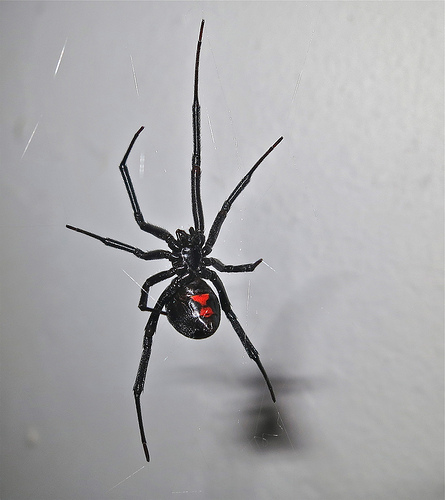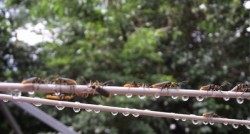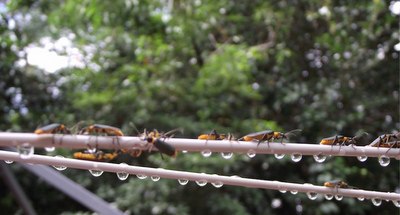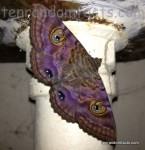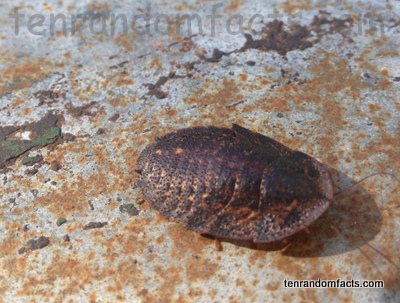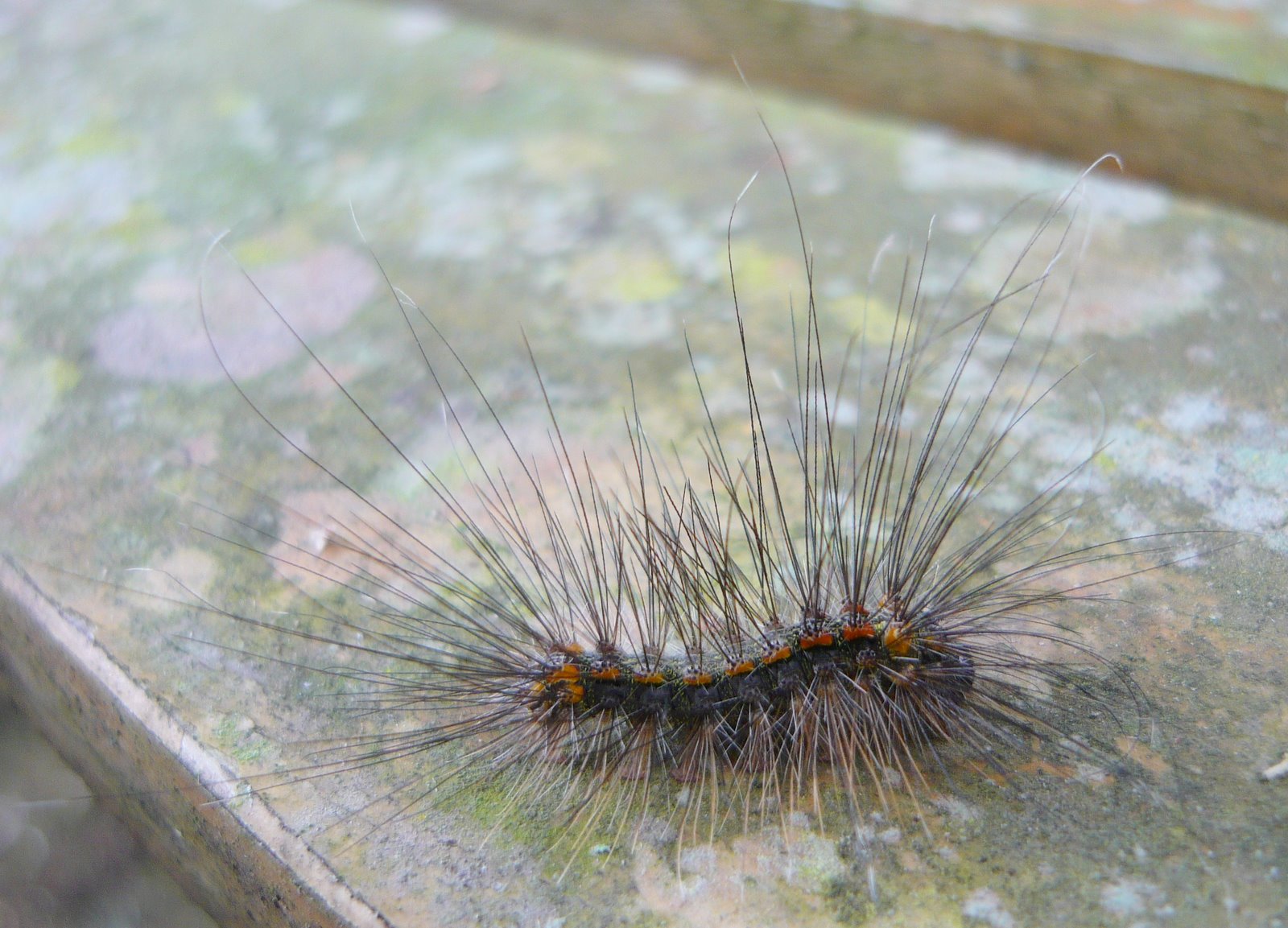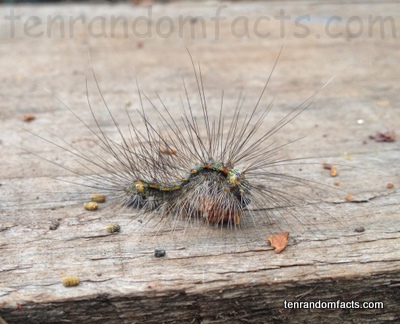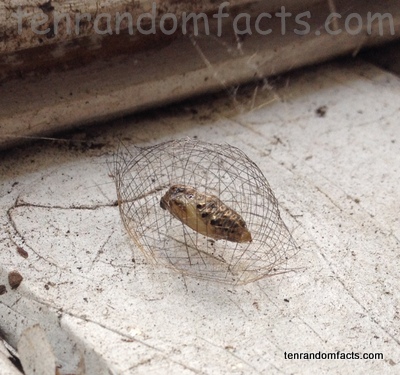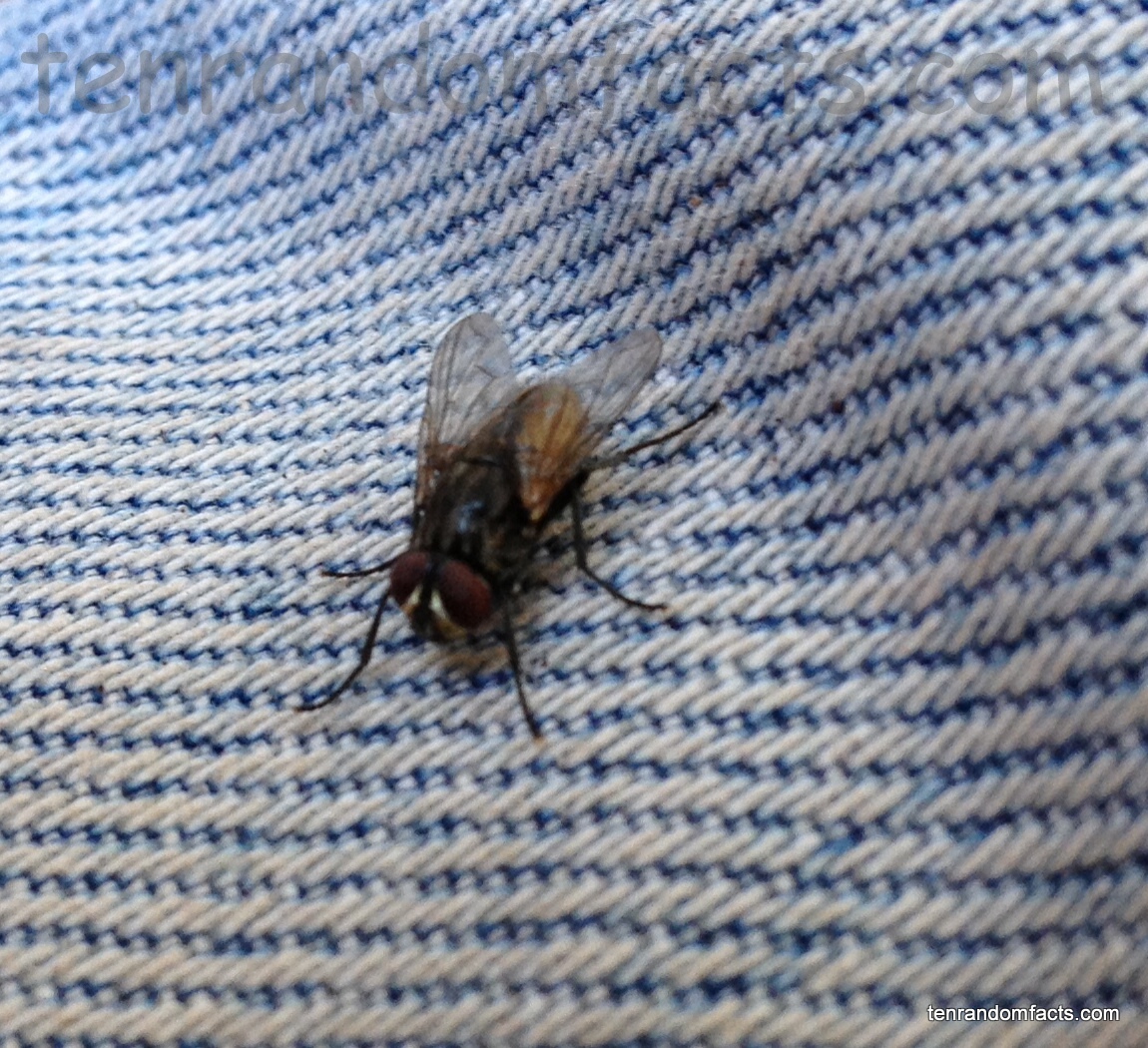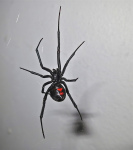
Black widow spiders are fascinating but highly dangerous creatures.
- Black widow spiders are highly dangerous, poisonous spiders, native to urban and forest North American habitats.
- Black widow spiders range 1.3 to 3.8 centimetres (0.5 to 1.5 inches) in length, and males are typically a quarter or half the female’s size.
- Black widow spiders are notable for the red hourglass marking on the brown to black abdomen in females, while males are coloured brown-yellow and often have light coloured stripes.
- ‘Black widow spiders’ are also known as ‘black widows’, with three species using the same name, and these species have the scientific names Latrodectus variolus, L. mactans, and L. hesperus, and are found in northern, southern, and western North America respectively.
- Black widow spiders are closely related to the Australian redback spiders, and they are from the family Theridiidae, the family of tangle-web or cobweb spiders.
Black Widow Spider
Image courtesy of Steve Jurvetson/Flickr
- The venom glands of black widow spiders are large, and the venom is said to be more toxic than fifteen doses of rattlesnake venom.
- While black widow spiders are placed in the list of the ten most dangerous spiders in the world, their bites do not often cause human fatalities, and symptoms include muscle pain, breathing difficulties and nausea.
- After mating, the female black widow spider may eat the male, hence the spider’s name; and females produce a cocoon like sac of 100 to 400 eggs, four to nine times a year.
- Black widow spiders have a life span ranging one to three years, and they are preyed on by birds and wasps.
- Black widow spiders eat insects including flies, beetles, caterpillars, mosquitoes and grasshoppers, that they catch in their random shaped webs, and once their prey is killed, the spiders inject an enzyme that breaks down and liquefies the insects.
Bibliography:
Black Widow Spider, 2013, A-Z Animals, http://a-z-animals.com/animals/black-widow-spider/
Black Widow Spider, 2014, National Geographic, http://animals.nationalgeographic.com.au/animals/bugs/black-widow-spider/
Latrodectus, 2014, Wikipedia, http://en.wikipedia.org/wiki/Latrodectus




